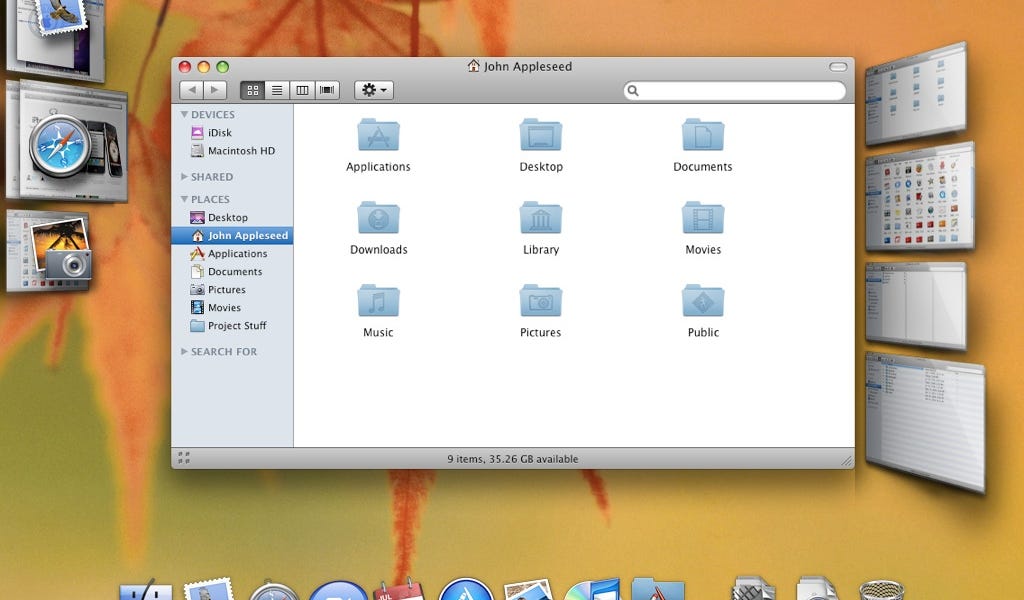Yeah, it‘s kind of nonsensical because what Apple is doing is pretending that presentation - the way the windows look and are resized - is inextricably tied to the fact that they run simultaneously. You can have four apps in view on one screen right now (split view = 2, plus 1 for Slide Over and 1 for video), and you don‘t need all that fancy memory stuff. And if I don‘t use stage manager, and use an external monitor, presumably I could have at least 7 apps running at once (don‘t know. Will try it tomorrow).
The fact of the matter is, it does make sense to require an M1 to allow full simultaneous multitasking for all those apps. It does not make sense to require an M1 to allow resizable overlapping windows.
Hell, the original Arm Mac development kit ran on an A12-series chip. If you can run macOS on an A12, you don‘t need an M1 to run stage manager (which is, compared to what a Mac does, pretty gimped).




